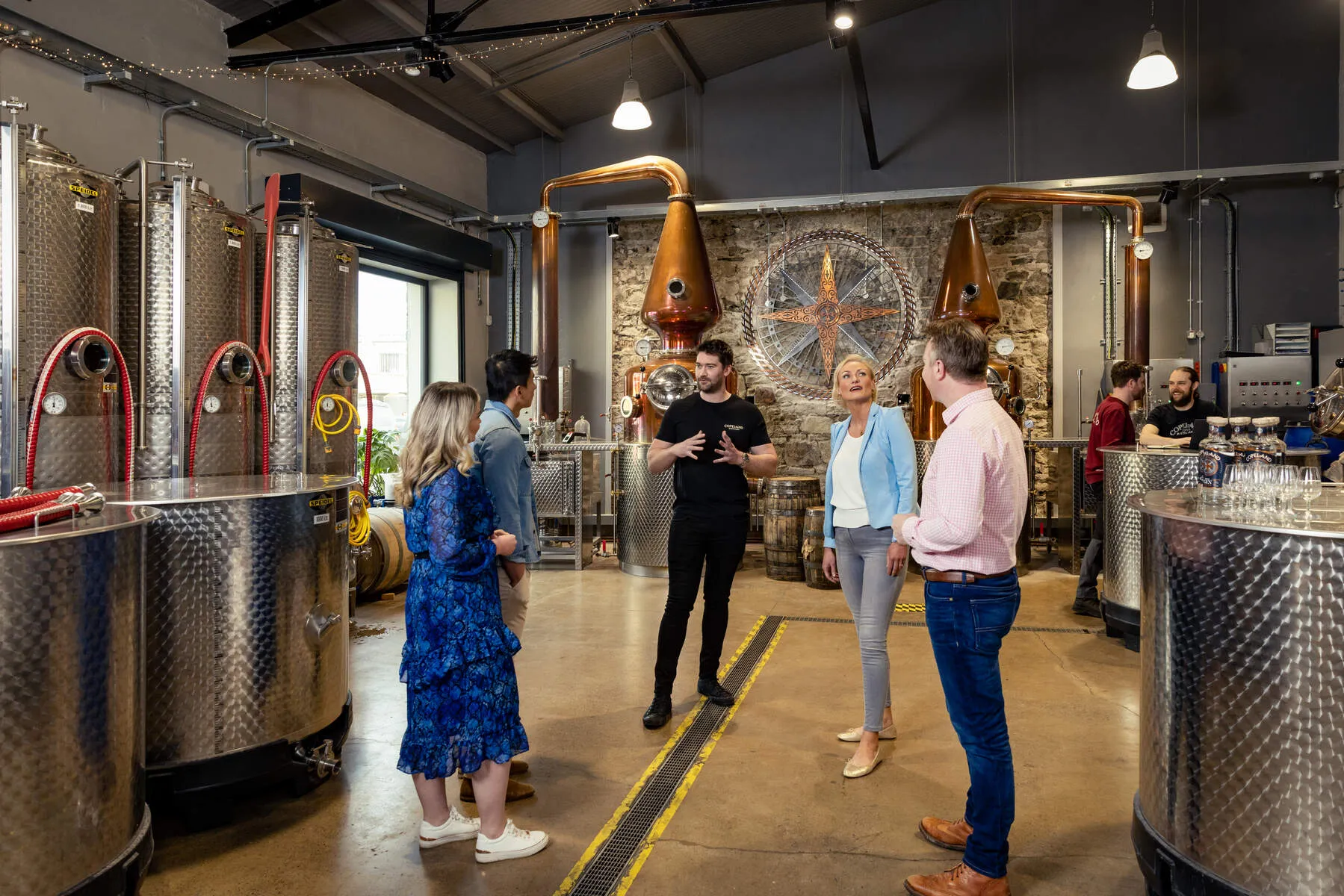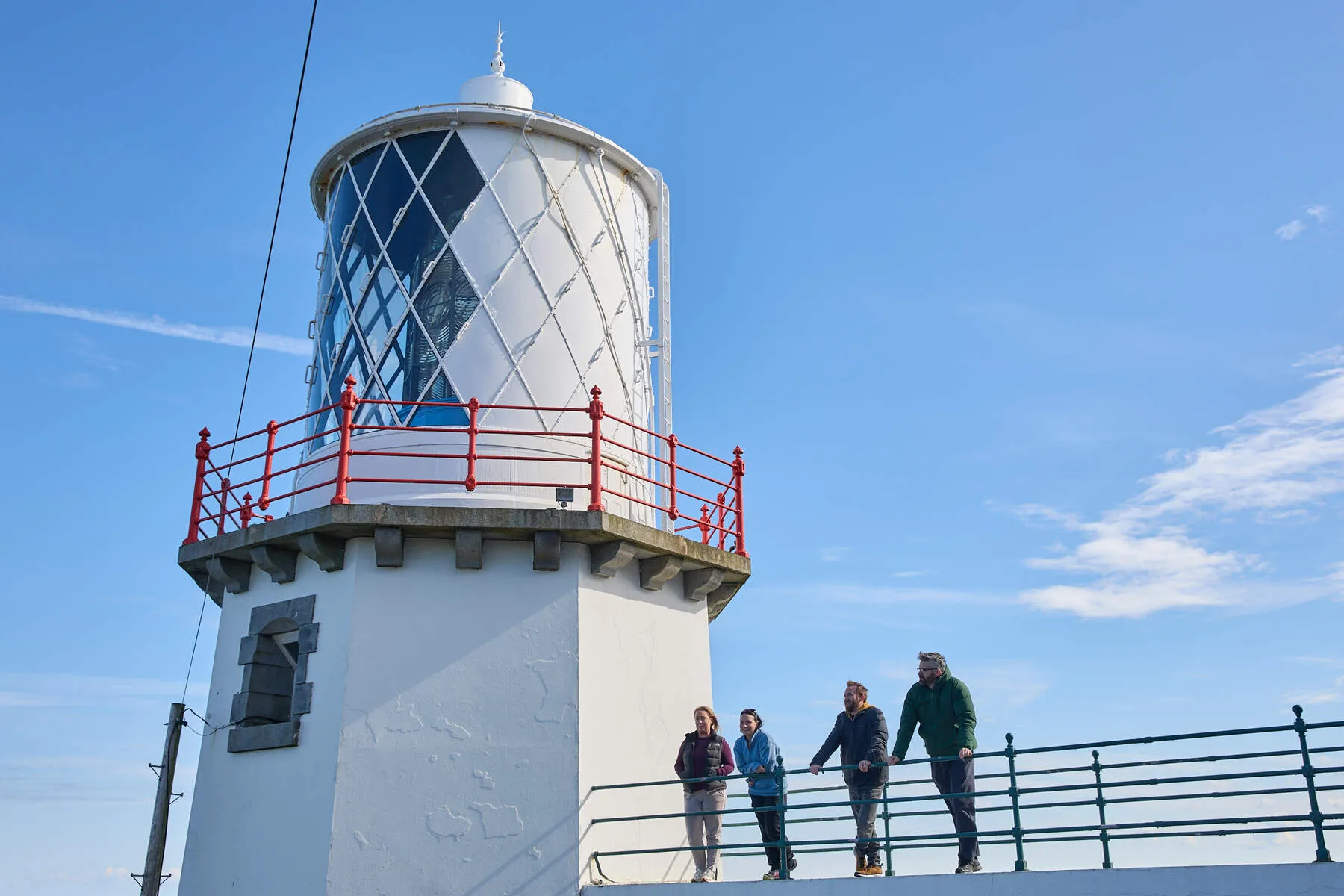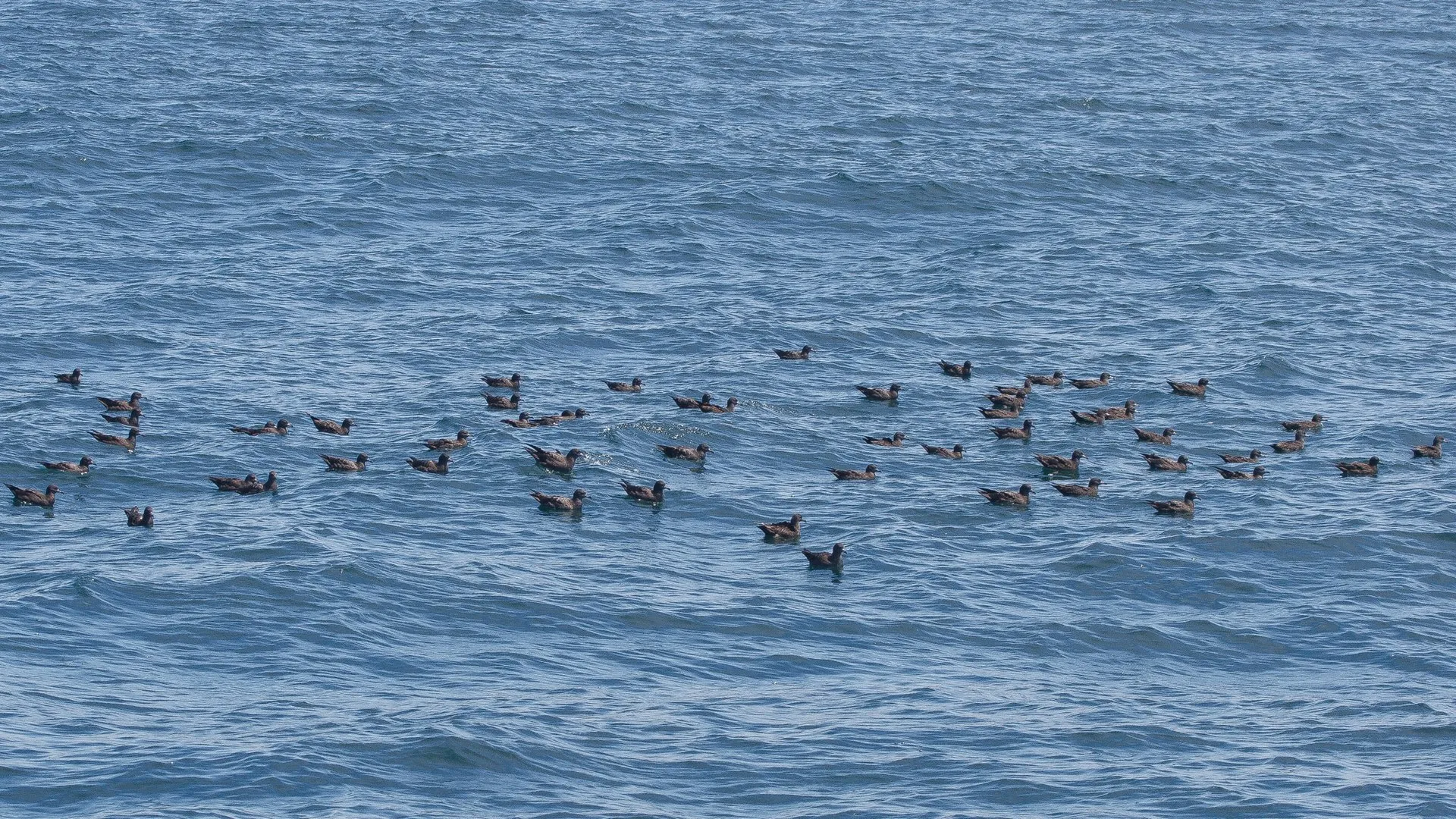Out in the North Channel, off the coast of Northern Ireland, lies Lighthouse Island, home to the Copeland Bird Observatory. It's a crucial spot for bird conservation and the only place of its kind in Northern Ireland. The main focus? Tracking the migrations and breeding habits of birds like the Manx shearwater. Amazingly, the colony here makes up nearly 1.7% of the entire world's population of these fascinating seabirds. The observatory itself has been running since 1954, set up cleverly within the ruins of an old 19th-century lighthouse – a perfect blend of history and science. Managed by the National Trust, the island isn't just for birds; it's also home to rare plants like Scots lovage (at the southern edge of its European range) and a surprising variety of butterflies and beetles.
The islands have seen a lot over the centuries. Named after the de Coupland family, they later supported a small farming community – you can still spot ancient "lazy beds" used for cultivation back in monastic times. The lighthouse itself guided ships until 1884; now its 16-meter tower stands silent, watching over seabirds instead. Local stories tell of smugglers and daring rescues, adding another layer to the place. It was back in the 1950s that the old keeper's quarters were turned into the research base we see today.
A visit here immerses you in a wild landscape of cliffs and dense greenery, with the air filled with the calls of Arctic terns. You can join guided tours, watch bird ringing demonstrations, and maybe even witness the incredible sight of Manx shearwaters returning to their burrows under the cover of darkness. The best times to come are during the spring and autumn migrations, or in late summer when the young shearwaters take flight for their epic journey across the Atlantic. It's not just birds, either – keep an eye on the water for grey seals, porpoises, and sometimes even whales. In spring and summer, wildflowers like bluebells add splashes of colour.
The magic of the Copeland Bird Observatory lies in how it mixes history with vital conservation work. Decades of study have shown just how unique the island's shearwaters are. For visitors, it's a chance to see nature up close and even learn how scientists are working to understand and protect it – a real blend of adventure and discovery.
Getting There
Access to the Copeland Bird Observatory (Lighthouse Island) is exclusively via a small boat service departing from Donaghadee Harbour in County Down, Northern Ireland. The "Copeland Shearwater" (an 8.5m rigid-hulled inflatable boat) or charter partners operate the trips, which typically depart at 18:00 on Fridays and return at 16:00 on Sundays. Advance booking is essential, as space is limited, and bookings must be arranged directly with David Galbraith at 028 9338 2539, 07934 416668, or via email at [email protected]. The boat journey is included in the visit fee, costing £15 for adults and £10 for those under 16. Trips are weather-dependent, so check conditions and confirm arrangements prior to departure.
Reaching Donaghadee:
- By Car: From Belfast, drive approximately 45 minutes along the A2 road. From Dublin, the journey takes around 90 minutes via the M1 motorway to the Northern Ireland border, then follow the A2 to Donaghadee.
- By Public Transport:
- Train: NI Railways connects Belfast Central Station to Donaghadee in about 40 minutes.
- Bus: Routes 260 and 370 run from Belfast City Centre to Donaghadee, with journey times of roughly 50-60 minutes.
- By Air: The nearest airports are Belfast International (18 miles/29 km from Donaghadee) and Dublin Airport (75 miles/120 km away). Transfers to Donaghadee can be organized via taxi or car hire.
Once in Donaghadee, the boat embarkation point is at the harbor. Volunteers may arrange alternative boat transport, but all visitors must coordinate directly with the observatory's bookings team. Due to the island's remote location, flexibility with travel plans is advised.
Pricing
Admission fees to Copeland Bird Observatory vary by visit type and age group. Day visitors pay €14 (adults), €9 (under 16 years), or free (under 5 years). Overnight visitors pay a flat €18 one-time fee regardless of stay duration.
Discounts & Passes:
- Groups of 8+ receive discounted rates with advance booking (specific pricing not disclosed).
- Membership costs €3/month and offers savings on visits.
- Holders of Ireland's Wild Atlantic Way pass receive a 20% admission discount.
Free Admission: The observatory is free for all visitors on the first Saturday of every month.
Additional Costs:
- Guided tours (including bird ringing demonstrations) cost €9 per person.
- Overnight visitors must pay fees in full before departure.
Payment Methods: Cash, credit cards, or cheques are accepted for all transactions.
All prices are converted from GBP to EUR using a 1GBP = 0.922EUR exchange rate.
Nearby Attractions

Copeland Distillery
In the harbour town of Donaghadee, you'll find Copeland Distillery, a place where seafaring history meets the modern craft of spirit making. It's housed in a building with its own story as a former 19...
Distance: 4.7 km

Blackhead Lighthouse
Standing guard on the rugged County Antrim cliffs, Blackhead Lighthouse marks the northern entrance to Belfast Lough. Since it first shone its light in 1902, this octagonal tower has guided ships safe...
Distance: 14.2 km

Carrickfergus Castle
Sitting imposingly on the northern shore of Belfast Lough, Carrickfergus Castle cuts a dramatic figure against the sea. It's a structure steeped in nearly a millennium of history, first established by...
Distance: 18.7 km
